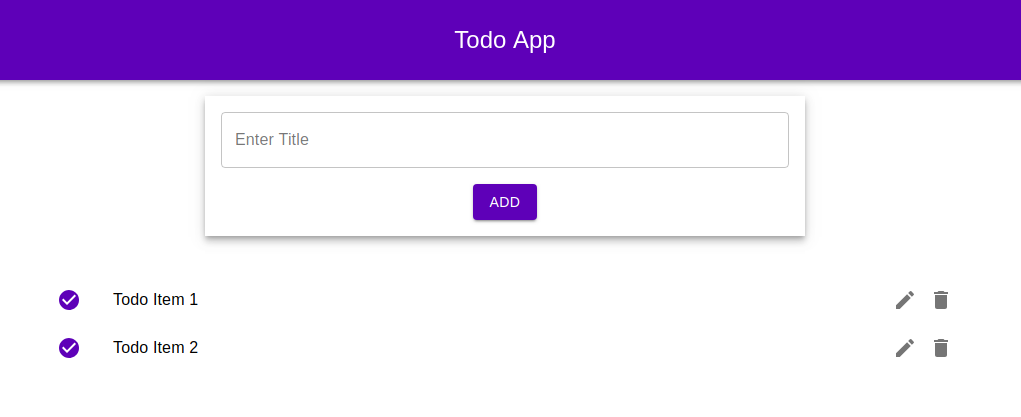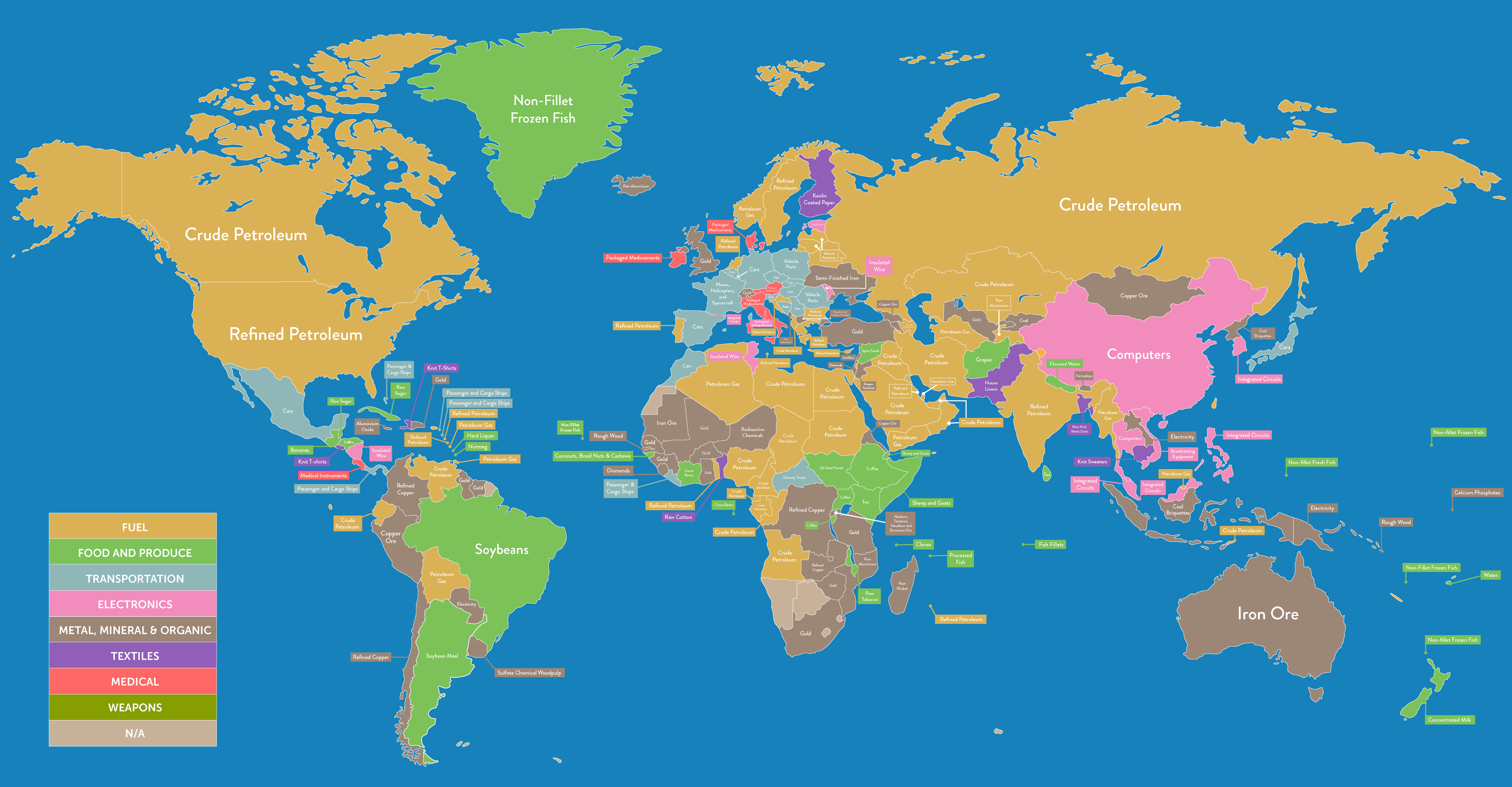Understanding Programming: A Beginner’s Guide
Programming is the art and science of giving instructions to a computer to execute specific tasks. These instructions are written in a specific sequence using programming languages. Just like humans communicate with each other through languages like English, computers understand and execute commands written in programming languages.
Diving Deeper into JavaScript
JavaScript, often referred to as JS, is a versatile and essential programming language that breathes life into webpages. It enables developers to create interactive and dynamic web applications. In a web application, HTML forms the structure, CSS styles it, and JavaScript makes it functional and responsive.
Understanding JavaScript Engine
A JavaScript engine is a crucial component that executes JS code in a web browser. It reads the script, converts it to machine language (the language computers understand), and executes it. Different browsers use different engines - Chrome and Opera use V8 engine, Firefox uses SpiderMonkey, and Safari uses SquirrelFish.
Choosing the Right Code Editor
Selecting a code editor is a matter of personal preference. Popular choices include “Sublime Text” and “Visual Studio Code.” For beginners, “Visual Studio Code” is often recommended due to its user-friendly interface and a rich set of features that facilitate the coding process.
The Power of Developer Tools

Developer tools, available in web browsers, are essential for testing and debugging code. They provide insights into errors, allow examination of variables, and help inspect and modify HTML, CSS, and JavaScript in real-time. The “Console” in developer tools is a vital tool for JavaScript developers.
JavaScript: The Building Blocks
Understanding Basic Syntax
<!DOCTYPE HTML>
<html>
<body>
<p>Before the script...</p>
<script>
alert('Hello, world!');
</script>
<p>...After the script.</p>
</body>
</html>
Commenting in JavaScript
Comments are essential for code clarity and explanation. Single-line comments use //, while multi-line comments start with /* and end with */.
// This is a single-line comment.
/*
This is a multi-line comment.
This is the second line.
*/
Working with Variables
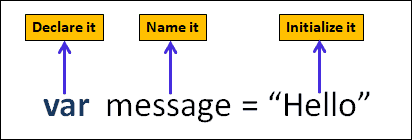
Variables are pointers that store and assign values. Use var, let, or const to declare variables. The let keyword is the modern way of variable declaration and is preferable over the older var.
Example:
let message;
message = 'Hello';
// Multiple variable declaration in one line
let user = 'John', age = 25, message = 'Hello';
Understanding Constants
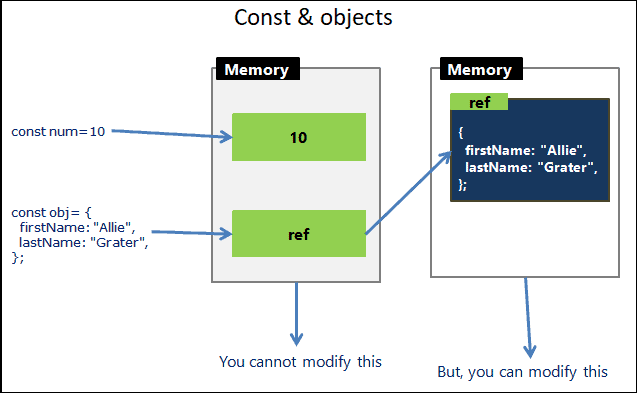
Constants, as the name suggests, cannot be reassigned once defined. Use const for constant variable declaration.
Example:
const myBirthday = '19.03.1980';
const COLOR_RED = "#F00";
Exploring Data Types

JavaScript supports various data types such as Number, String, Boolean, Null, Undefined, and BigInt. Each type serves specific purposes in coding.
Interacting with Users: alert and confirm
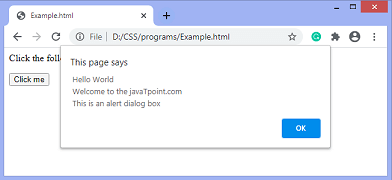
alert and confirm are essential functions in JavaScript. alert displays a message, while confirm shows a message and waits for user interaction, returning true for OK and false for Cancel.
Conclusion
Understanding the basics of JavaScript is a fundamental step towards becoming a proficient developer. These foundational concepts provide a solid framework for diving deeper into the world of programming. Stay tuned for the upcoming chapters where we’ll explore more aspects of this versatile language.
Feel free to share your thoughts and questions in the comments below. Happy coding! 🚀
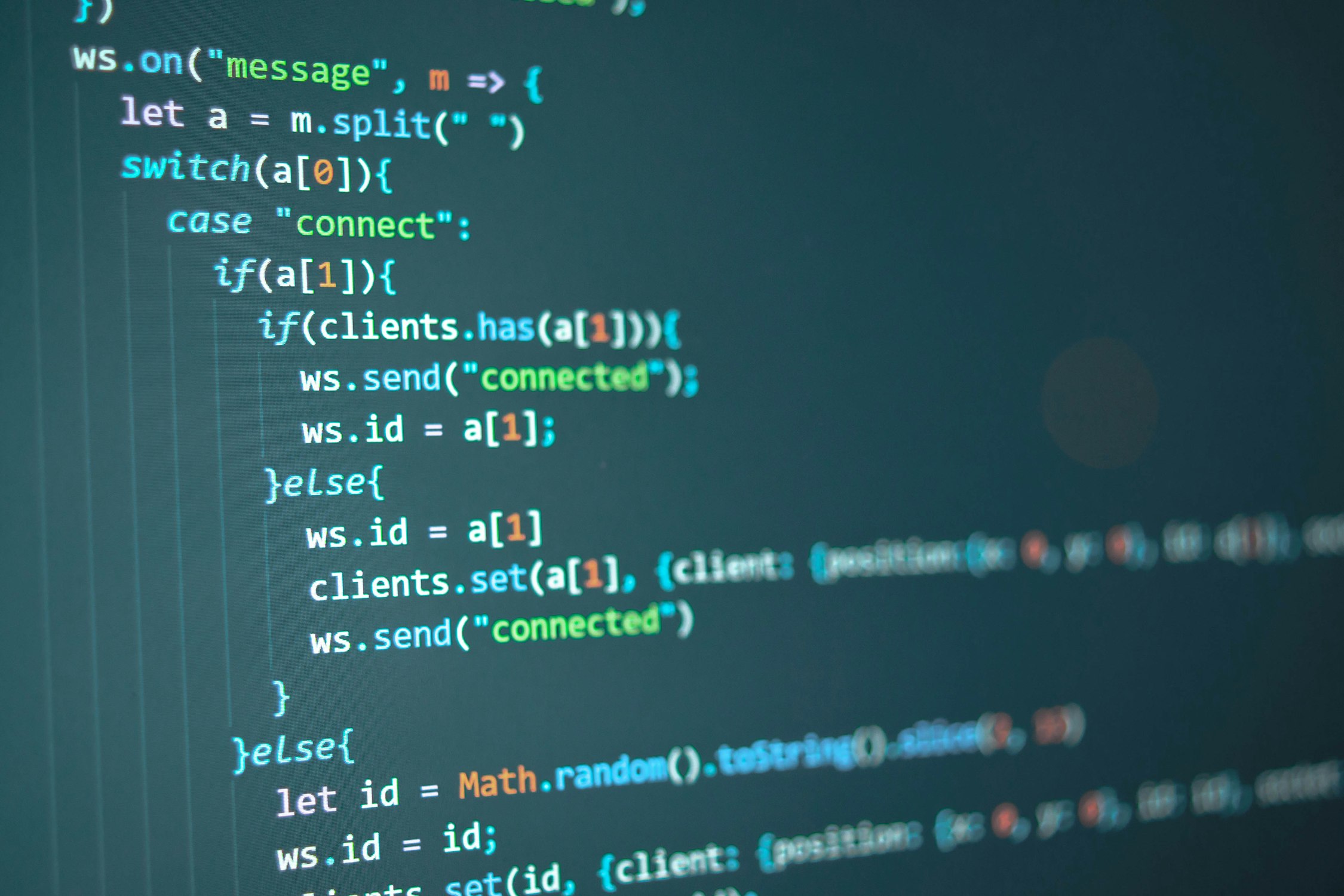

:max_bytes(150000):strip_icc()/javascript-code-173801315-59e92aa0845b3400118d7a25.jpg)
